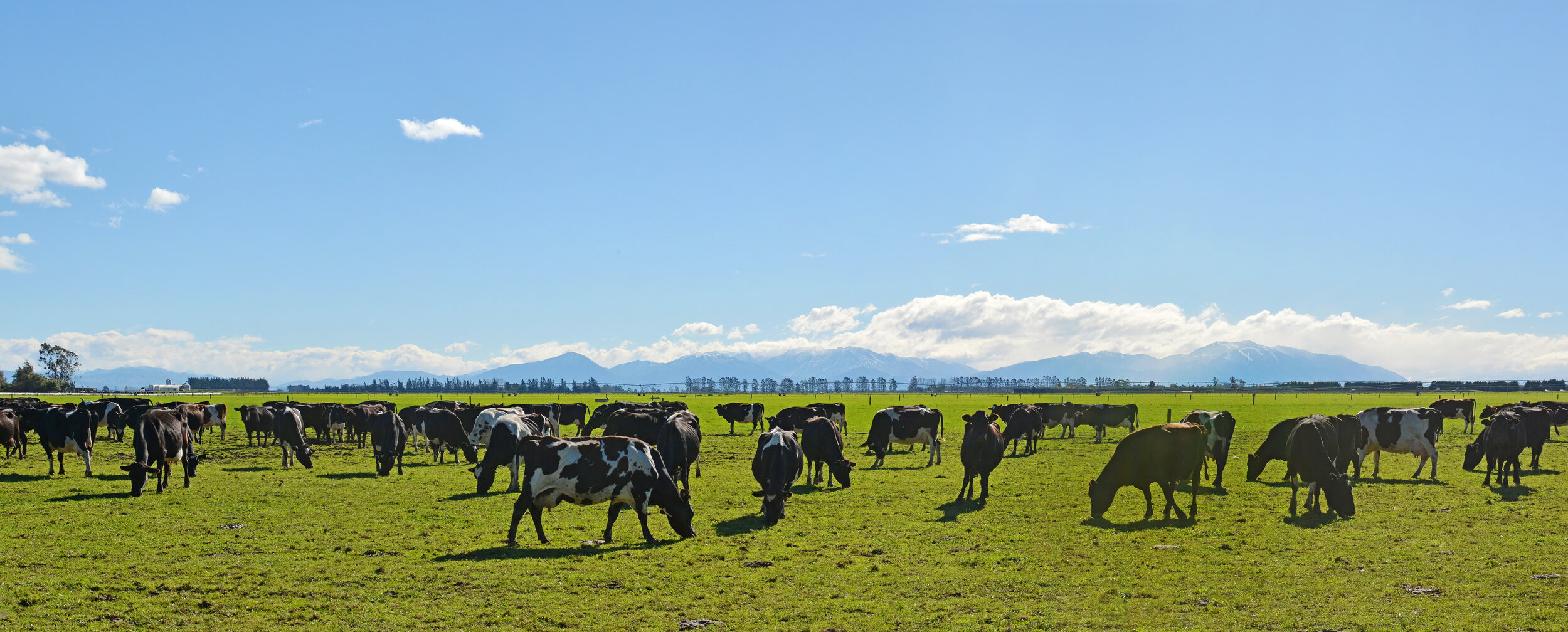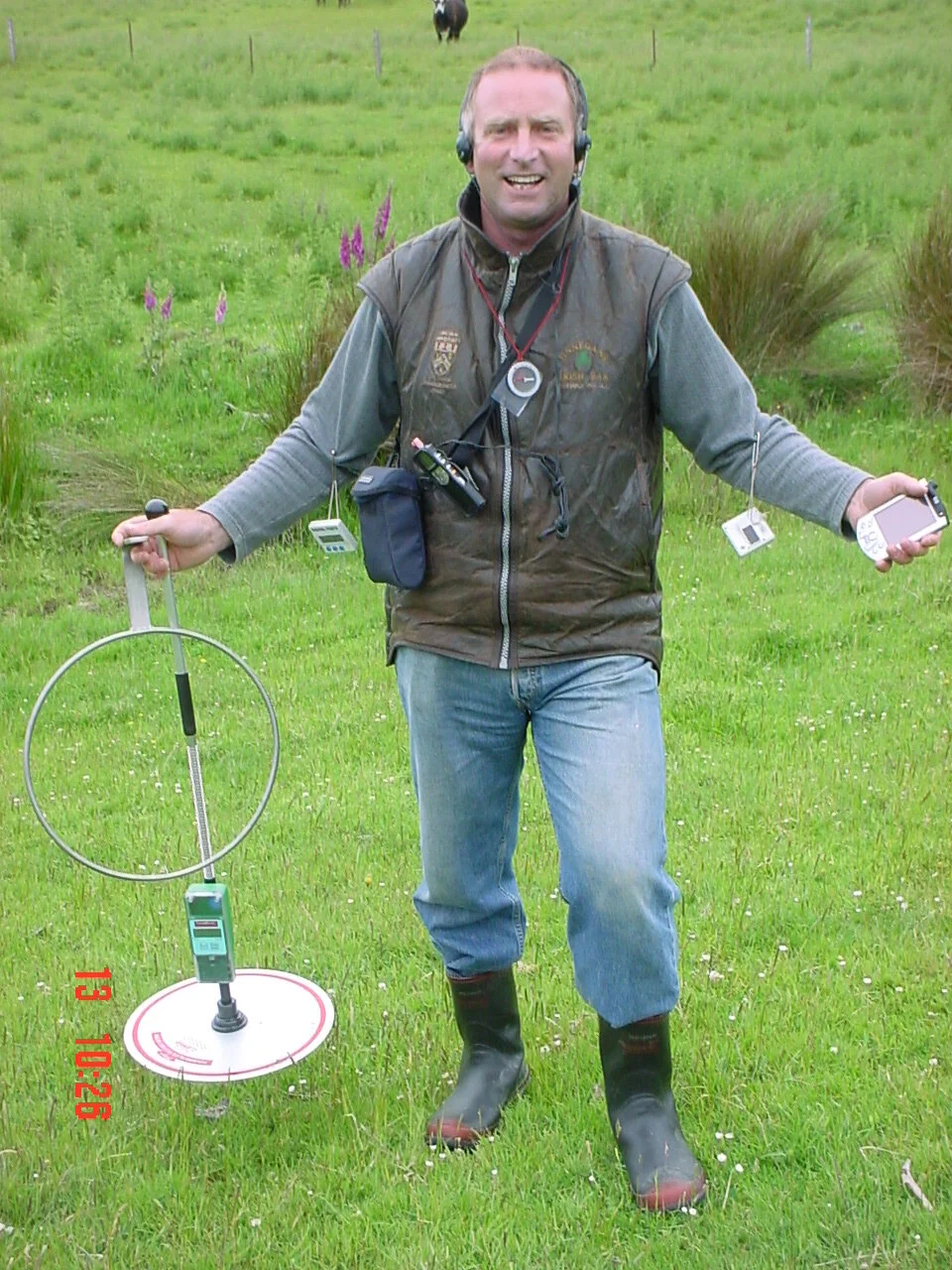Agricultural intensification
Recently, new regulations for agricultural intensification have come into effect. Sam Mander breaks down the new requirements and clarifies when resource consents for land use change are required.
It’s October and the dust of the new National Environmental Standard for Freshwater Management 2020 and the National Policy Statement for Freshwater Management 2020 regulations are starting to settle on many of the gates around Kiwi farms, alongside the increasing question marks of how our farm systems will be affected by the regulations and what we can do to accommodate them.
This blog is part of a series that provides detail and support for farmers to understand and adapt to the ever-changing environment of farming in New Zealand. This article focuses on intensification. Click here to read an overview of the new stock exclusion and winter grazing management requirements.
Intensification rules in a nutshell
In summary, the agricultural intensification rules focuses on four key land-use changes: forestry to pasture, pasture to dairy, dairy to irrigated dairy, and any land-use change to dairy support.
As of September 3, land use changes from a less intensive land-use to a more intensive land-use will require a resource consent if the area converted is greater than 10ha. The same rules apply to the following land use changes:
Forestry to Pasture Pasture to Dairy Dairy to Irrigated Dairy
Permitted activity: Conversion is 10ha or less as compared to the reference period (2014-2019)
Discretionary activity: Consent is required if the conversion is greater than 10ha as compared to the reference period (2014-2019) AND there is no detrimental impact on overall water quality at the catchment level.
Land use change to dairy support farm systems have their own rules as follows:
Any Land Use to Dairy Support
Permitted activity: No change in the amount of land use for dairy support as compared to the reference period (2014-2019)
Discretionary activity: Consent is required if the above cannot be met. Consent outcomes will be determined by concentration of pollutants at catchment level.
It is important to note that these rules only last until 2025 at a maximum and will be superseded when regional councils put their own plans in place. However, any consent granted under the national rules will not expire before 2031.
What does this mean for my farm?
If you want to convert or expand your forestry to pasture, pasture to dairy, or dryland dairy to irrigated dairy 10ha more than what was present between 2014-2019, you will need to apply for a resource consent. If you want to convert or increase an area of farm to dairy support that was not dairy support during 2014-2019, you will also need to apply for a resource consent.
How can I plan for this going forward?
We need to find pathways to comply with the rules that are strategic in order to save time, energy, and our pockets, while providing us with a long-term solution. Applying for resource consent is a process of building a case to prove your activity does not harm the environment. In this case, we know that the Government is looking directly at catchment scale environmental effects as stated below.
A resource consent for a discretionary activity may be granted only if the consent authority is satisfied that granting the consent will not result in an increase in:
contaminant loads in the catchment, compared with the loads as at the close of 2 September 2020; or
concentrations of contaminants in freshwater or other receiving environments (including the coastal marine area and geothermal water), compared with the concentrations as at the close of 2 September 20
Insurance to succeed requires pro-active planning. We recommend that farmers requiring a resource consent for intensification seek rural professional support from consultants with extensive knowledge of farm systems and environmental planning. This helps to ensure that your farming activity consent information is pulled together effectively and efficiently so you understand your environmental impacts at catchment level and what is required for a successful application. Although daunting for some, good farm planning in advance accompanied by good advice will ensure you are supported through this process and, ultimately, can continue along the path of sustainable and resilient farm systems that are able to adapt to whatever change may come.
If you have any questions about the new regulatory requirements or would like to receive support, contact Sam Mander, the author of this article, or one of our other environmental consultants.
Check out other articles focusing on freshwater







The Real-Time Water Quality project is a grass-roots idea, supported by farmers, catchment groups, and irrigation schemes. Lead by The AgriBusiness Group; we established a team with a diverse skillset – farm systems, nutrient and water quality/hydrology knowledge. This 12-month project is one of 12 successful projects funded through Our Land and Water Rural Professionals Fund.